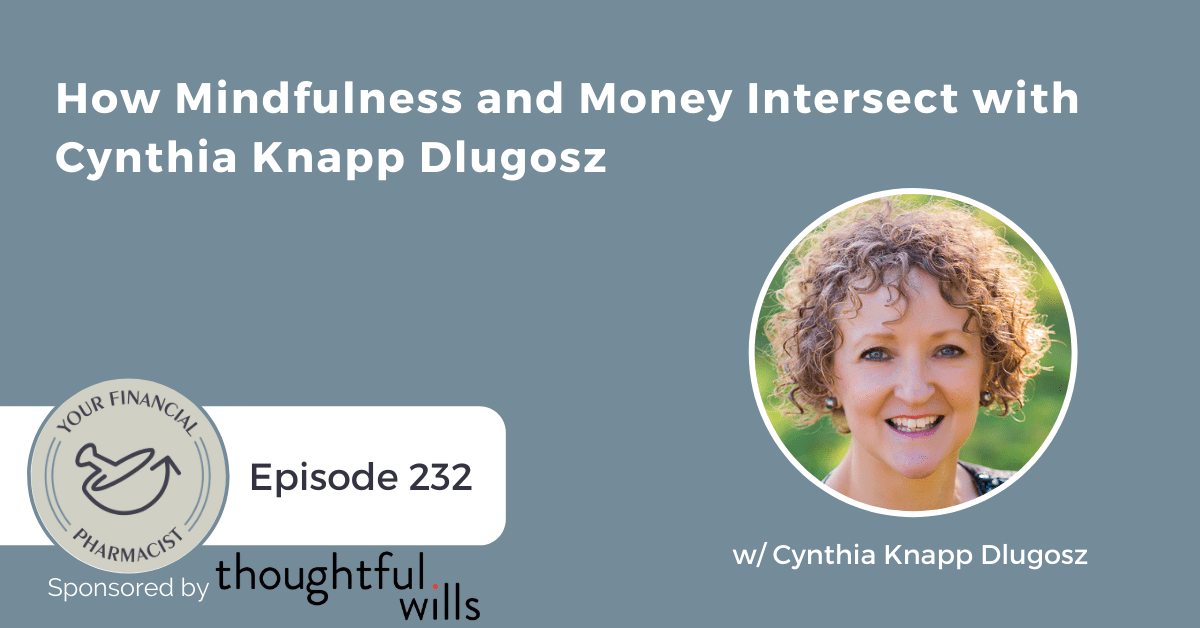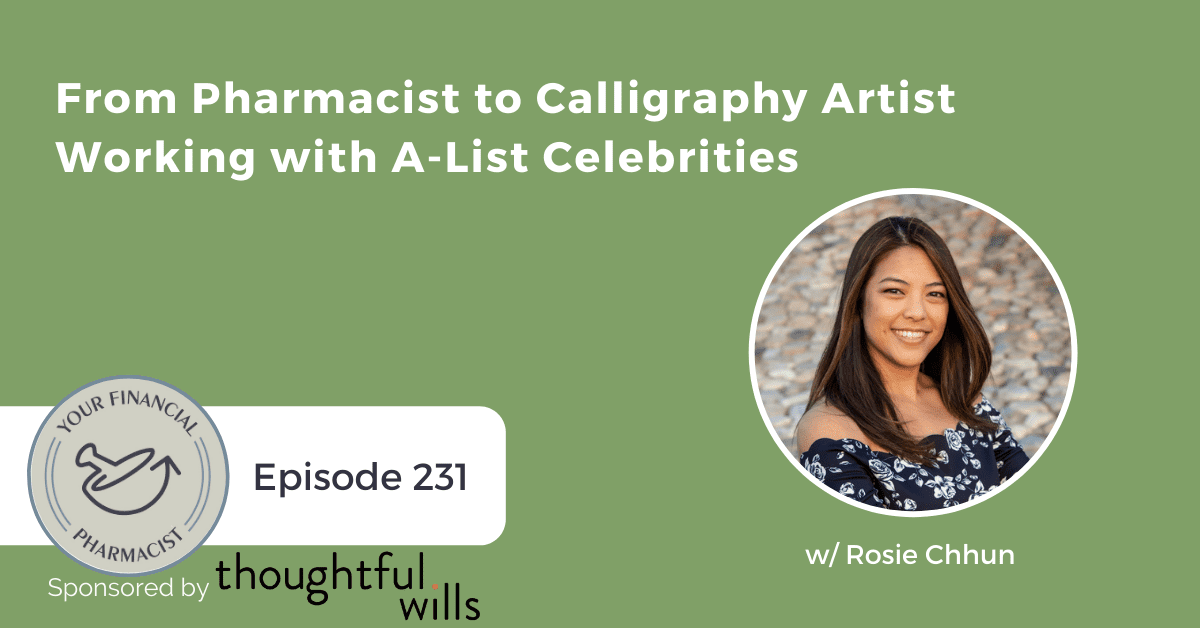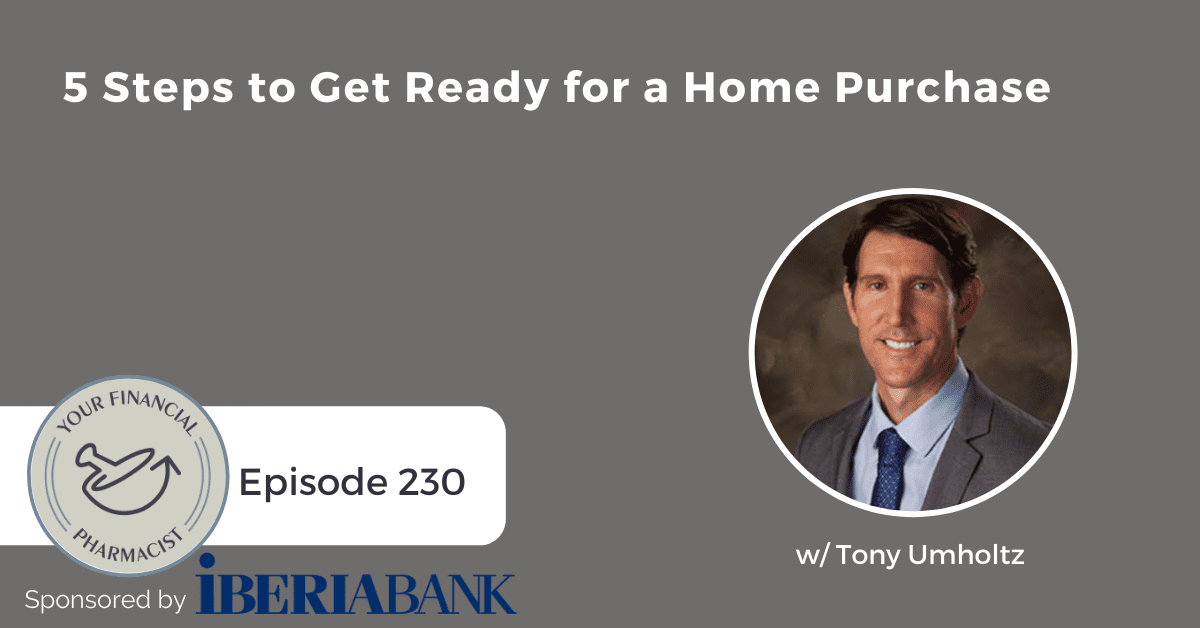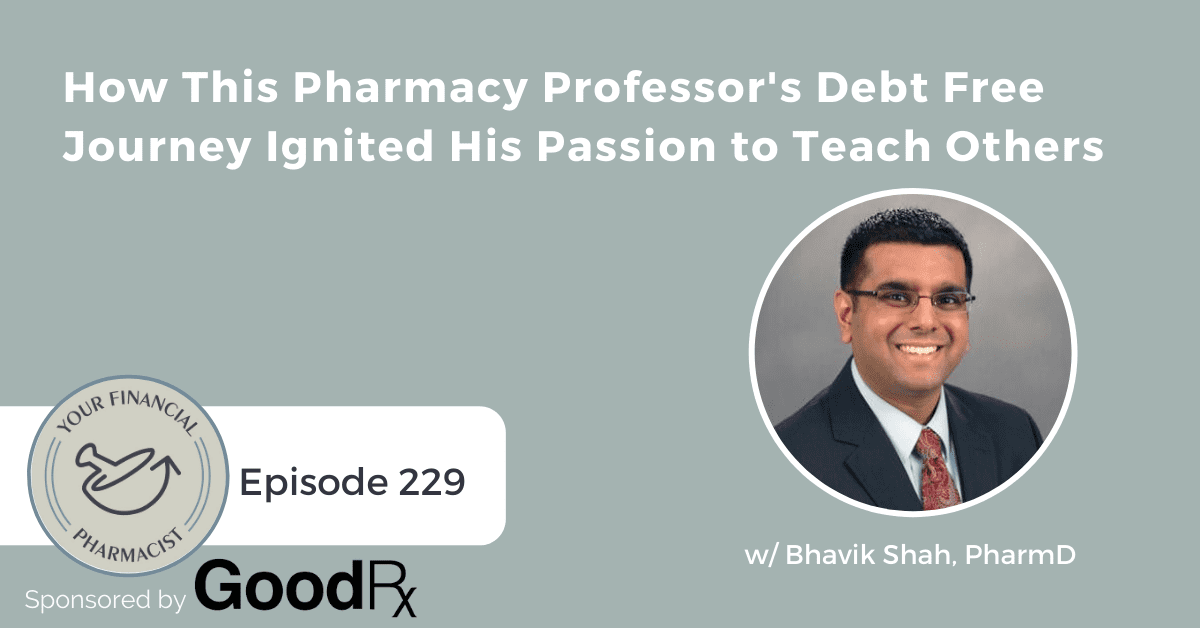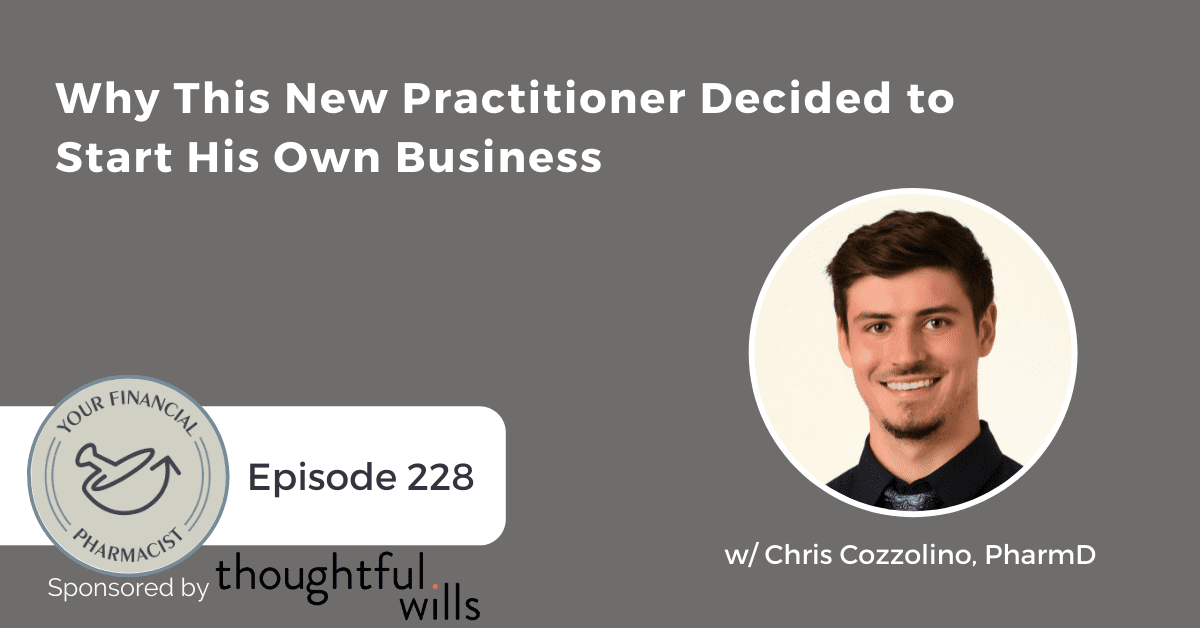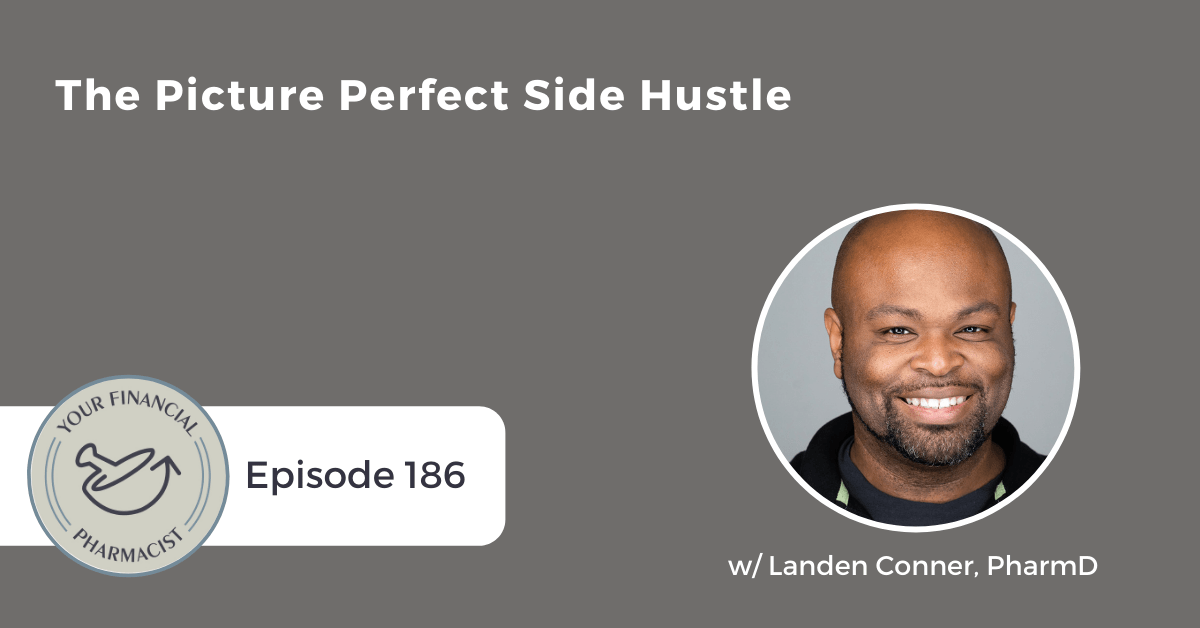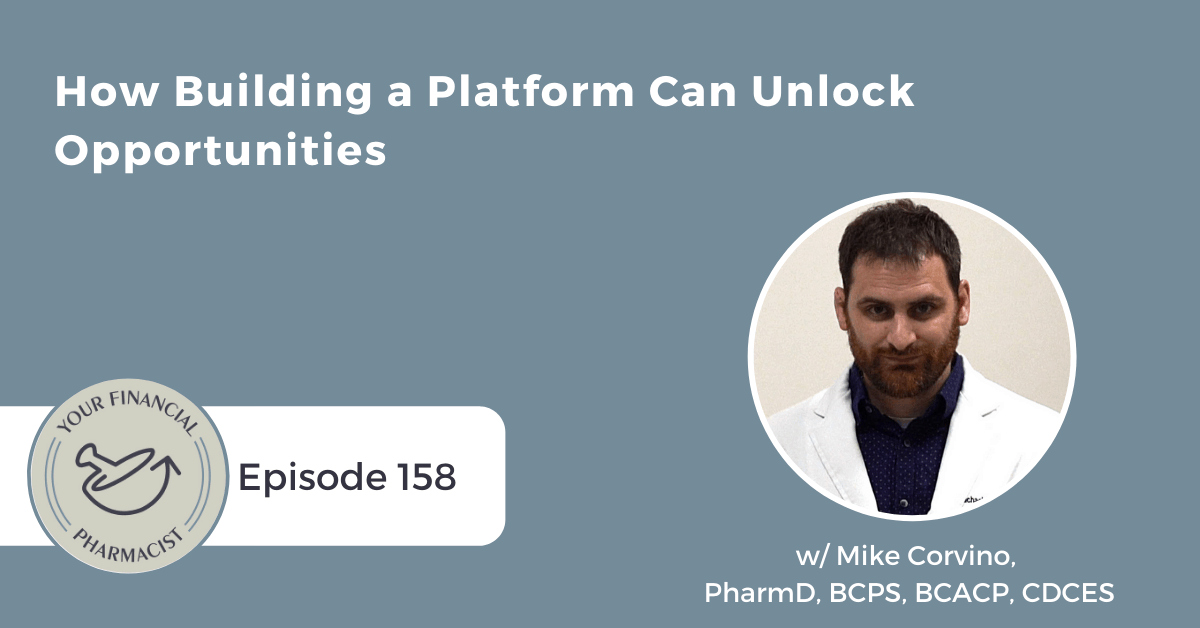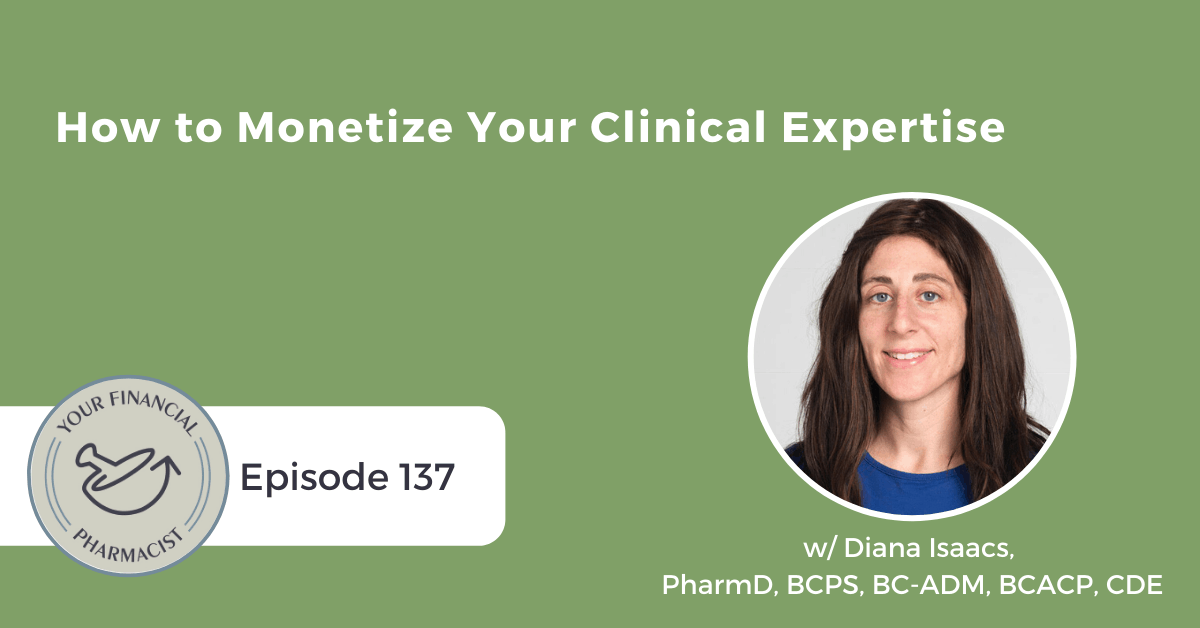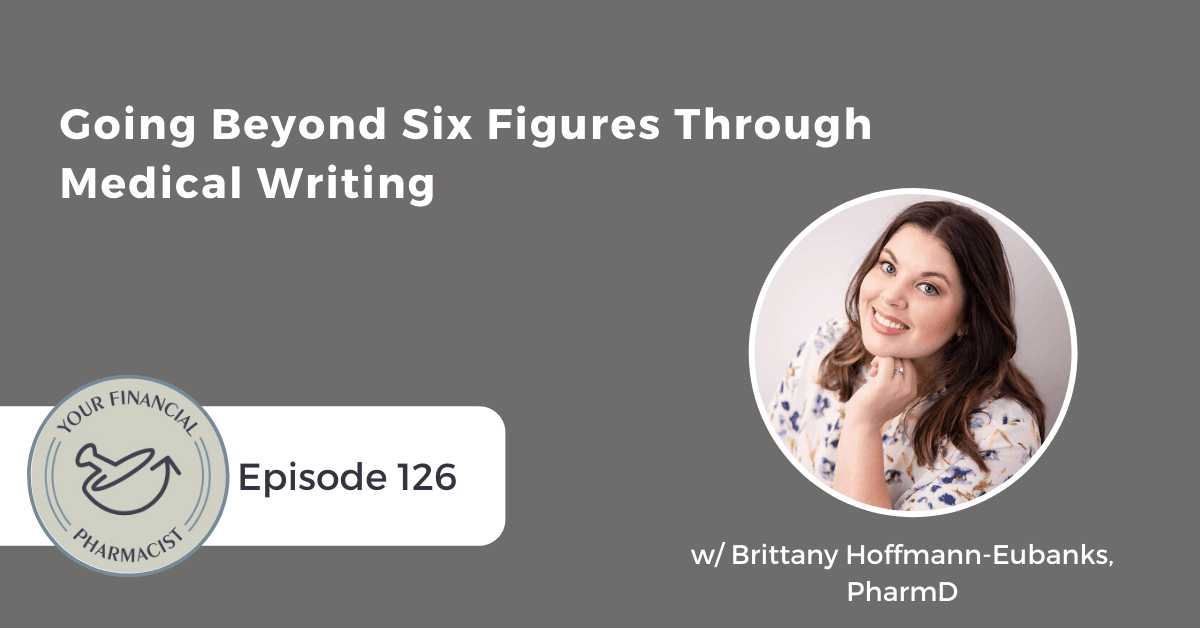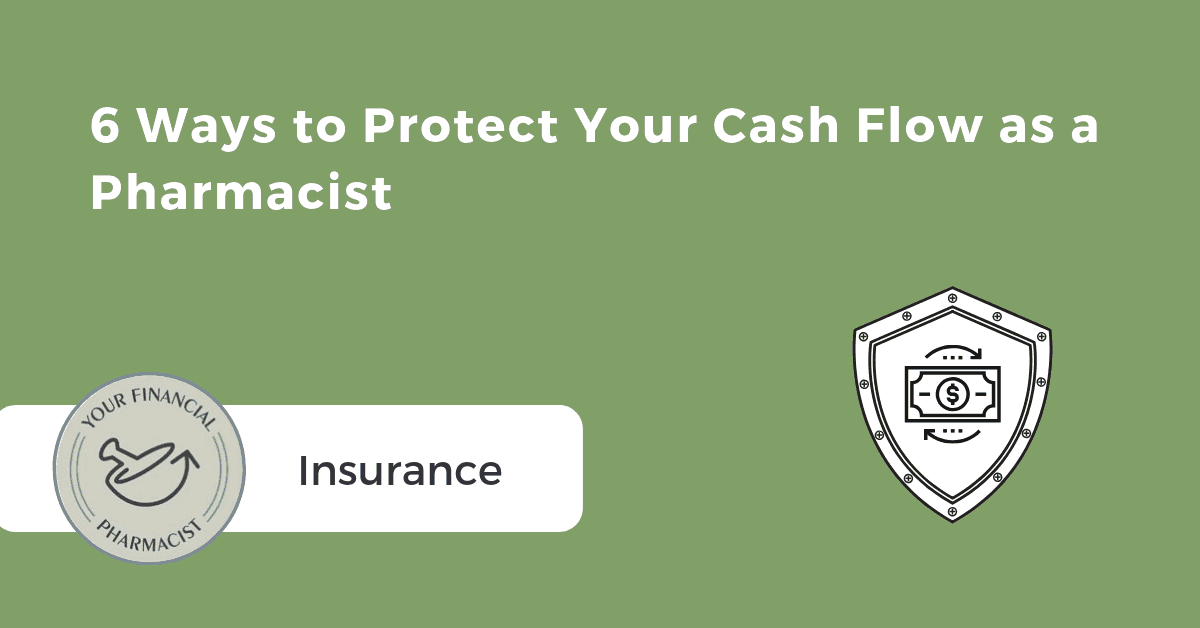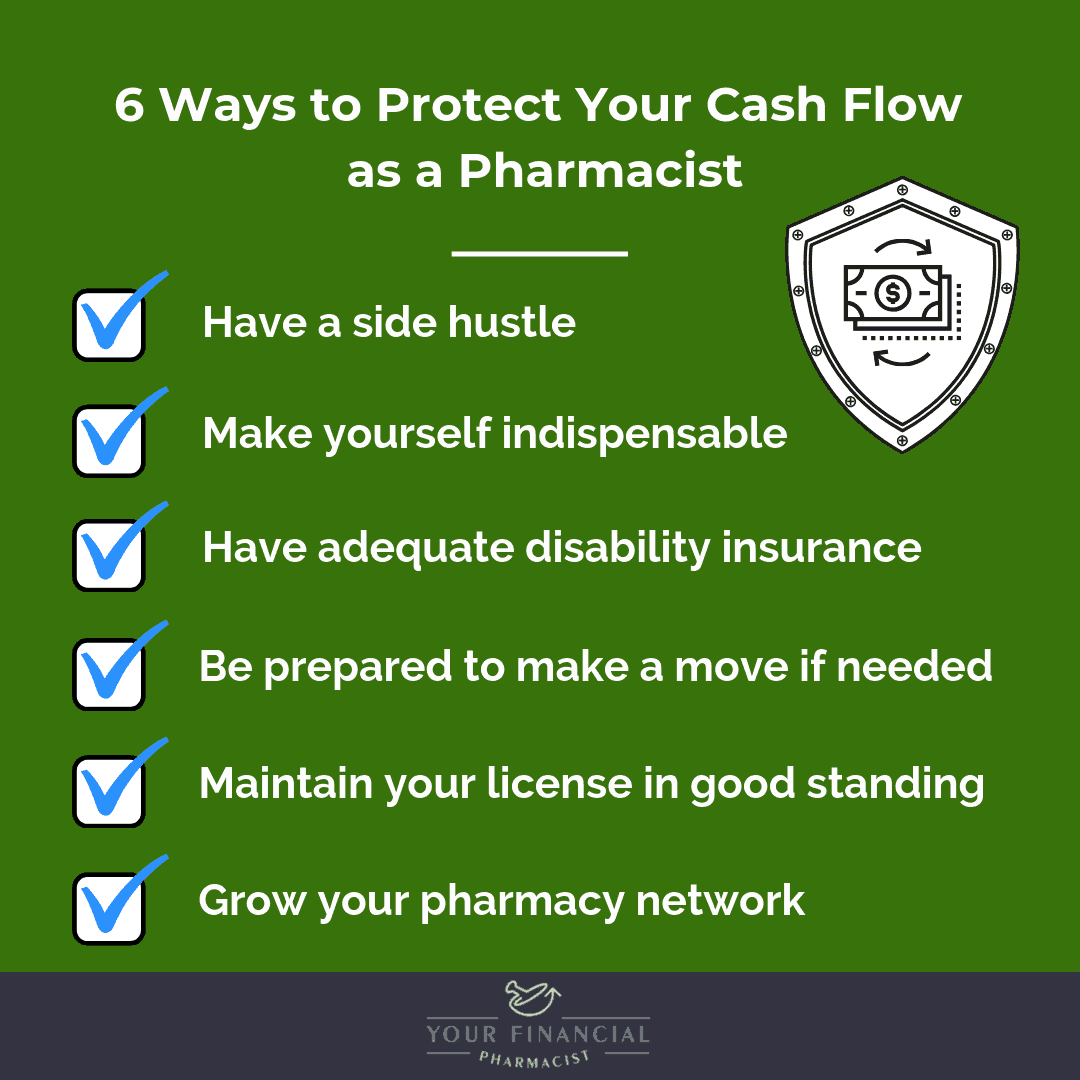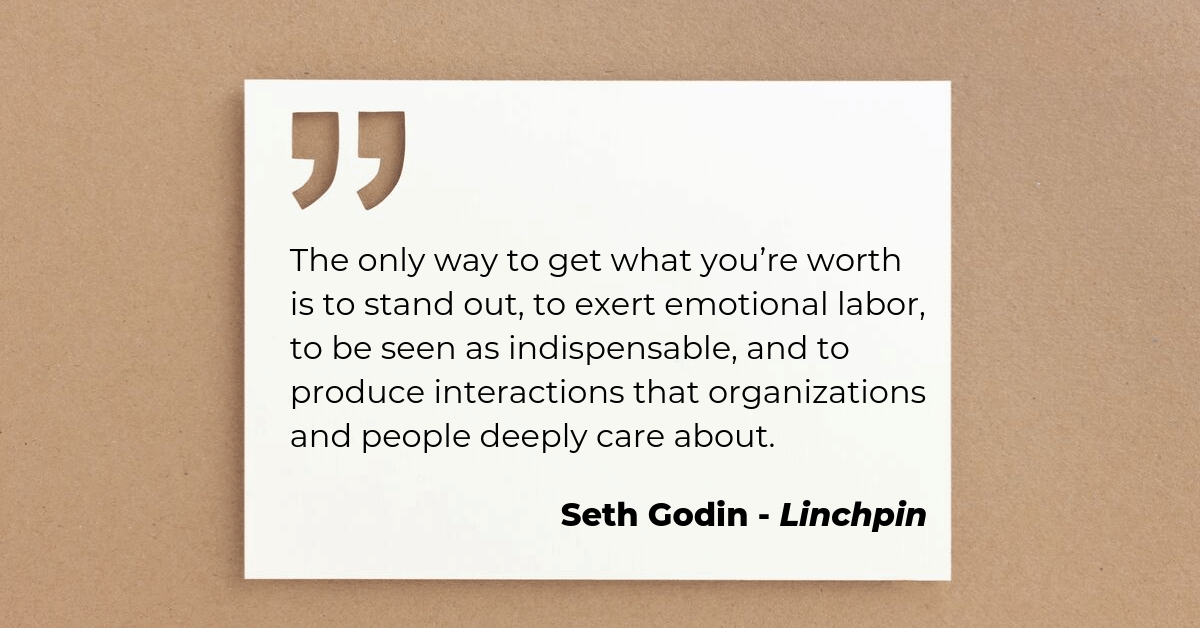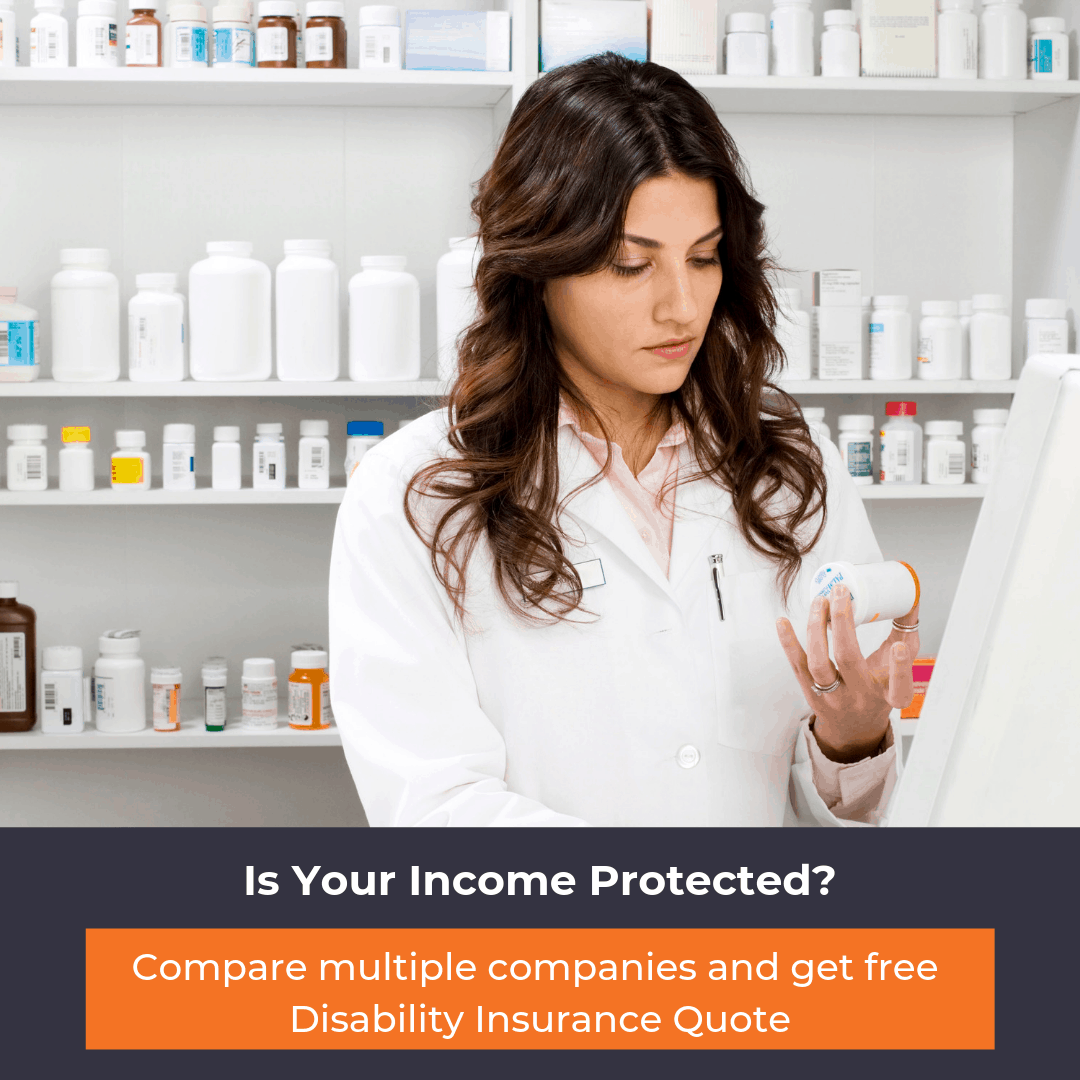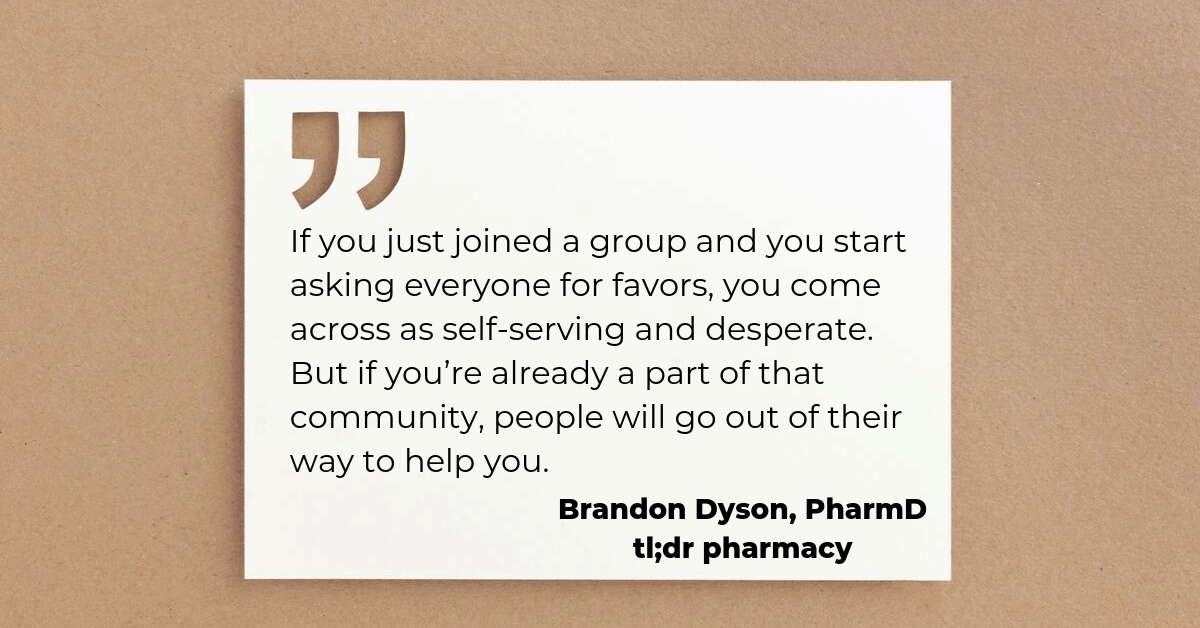How Mindfulness and Money Intersect with Cynthia Knapp Dlugosz
On this episode, sponsored by Thoughtful Wills, Cynthia Knapp Dlugosz discusses the intersection between mindfulness and money.
About Today’s Guest
Cynthia Knapp Dlugosz is one of the first national board-certified health and wellness coaches in the United States. She received her coaching training through Duke (University) Integrative Medicine and served as an instructor in the advanced certification program. Cynthia offers training and coaching in mindfulness, health, and wellness on a private practice basis through Being in Balance Coaching.
Cynthia speaks frequently on topics related to mindfulness, resiliency and well-being, work/life integration, time management, and health behavior change. She also shares this information on her blog, Pharmacy Work/Life Matters (www.pharmacyworklifematters.com).
Cynthia has more than 20 years of experience in mindfulness-based practices. She has studied and attended trainings with a number of prominent teachers, including Jon Kabat-Zinn, Kristin Neff, Sharon Salzberg, Elisha Goldstein, Thich Nhat Hanh, and Pema Chödrön.
Cynthia received her pharmacy degree from the University of North Carolina at Chapel Hill and completed a residency in hospital pharmacy at Rhode Island Hospital in Providence, Rhode Island. Before moving to Ann Arbor, Cynthia held increasingly responsible positions at several national pharmacy associations, including the American Society of Health-System Pharmacists, National Association of Chain Drug Stores, American Society of Consultant Pharmacists, and American Pharmacists Association.
Episode Summary
In the last few years, a much-needed light has shone on the issues of resilience, burnout, and wellbeing in the pharmacy industry and we are finally seeing strategies of mindfulness and meditation entering mainstream conversations in an impactful way. But can these practices extend into the realm of financial wellbeing too? Today we are honored to sit down with the enigmatic Cynthia Knapp Dlugosz, pharmacist, coach, consultant, and mindfulness expert, to discuss the intersection between mindfulness and money. A solopreneur, Cynthia has always had a personal interest in stress management, time management, and continuing education. In this conversation, she shares how her 20 years of training in mindfulness and meditation apply to her monetary plan and behaviors. The listener hears how her financial struggles early in her career led her to implement changes and behaviors she still depends on today, as well as a simple outline of how to practice meditation to stay in the present moment. Plus, we’ll touch on evaluating the root cause of overspending and over saving and why having a healthy balance is important. This crucial episode explores the intersection of pharmacy, mindfulness, neuroscience, and balanced living – and how the financial piece fits into all of that. Tune in to begin your mindful money journey today!
Key Points From This Episode
- Getting to know Cynthia, starting with the pivots and arc of her career.
- Discussing how her 20 years of mindfulness training began intersecting with pharmacy.
- How the topics of burnout, resilience, and wellness have only recently gained traction.
- Cynthia shares her turning point from irresponsible money management to intentionality.
- Using the analogy of the Weight Watchers approach to get real with your spending.
- A step-by-step outline of how she first took control of her finances.
- How our relationship with money has changed in the age of automation and plastic.
- Defining mindfulness and how meditation trains us to live in the present moment.
- The various purposes and ways meditation can be practiced.
- Debunking a common misconception about meditating.
- Exploring different ways to use breathing as an anchor for your attention.
- How mindfulness meditation is like a bicep curl.
- How being present and mindful is key to making the right decisions with your money.
- Peeling back the onion of our emotional baggage and unconscious script around money.
- The importance of acknowledging our underlying fears and getting curious about them.
- Dealing with the changing goalposts on the question, “Do I have enough?”
- The concept of hedonic adaptation; we get used to what we already have.
- Setting yourself up with a solid foundation and then giving yourself permission to spend.
- Cynthia shares some resources from her website, and some exciting future offerings!
Highlights
“Think about mindfulness as the ability to pay attention to what is happening in the present moment.” — Cynthia Knapp Dlugosz [0:25:12]
“About 50% of the time, we’re either thinking about things that have already happened, or we are planning or rehearsing for things that have yet to happen. Only about half of our time is focused on what’s actually happening right in front of us.” — Cynthia Knapp Dlugosz [0:25:40]
“Shift your thinking about meditation. Think that the objective is that your mind is going to wander and your goal now is to notice that it’s wandered and to bring it back.” — Cynthia Knapp Dlugosz [0:27:36]
“The idea is to train your attention. You sit in meditation, you focus on your breath, you realize that your thoughts have wandered away. That is your win. Your win is that you’ve noticed and then you return your attention, and then you wait, you notice again.” — Cynthia Knapp Dlugosz [0:28:47]
“So much of what we do with money is automatic, unconscious, or conditioned.” — Cynthia Knapp Dlugosz [0:30:44]
“You should have some amount of money that you feel comfortable setting aside, but that you are setting aside specifically for fun, for now, for doing things. Because you don’t want to get further along your life journey and regret not having done things.” — Cynthia Knapp Dlugosz [0:42:10]
“Set yourself up with a solid foundation. But once you’ve got that foundation, give yourself the permission to have some enjoyment. Otherwise, what is all this for?” — Cynthia Knapp Dlugosz [0:43:21]
Links Mentioned in Today’s Episode
- YFP Planning: Financial Planning for Pharmacists
- Book a free Discovery Call with YFP Planning
- Create a Comprehensive Estate Plan with Thoughtful Wills
- ASHP
- NACDS
- ASCP
- Join APhA – Get 25% Off Your Membership with Code: YFP
- headspace
- Omega Institute
- Jon Kabat-Zinn
- Mindfulness Based Stress Reduction
- The Pema Chödrön Foundation
- Thich Nhat Han
- Sharon Salzberg
- Jack Kornfield
- Your Financial Pharmacist
- Weight Watchers
- Jenny Craig
- Cynthia Knapp Dlugosz
- Pharmacy Work/Life Matters
- Sign up for the Pharmacy Work/Life Matters Newsletter
- Your Financial Pharmacist Disclaimer and Disclosures
Cynthia’s Recommended Books
- Dollars and Sense: How We Misthink Money and How to Spend Smarter by Dan Ariely and Jeff Kreisler
- Mindful Money: Simple Practices for Reaching Your Financial Goals and Increasing Your Happiness Dividend by Jonathan K. DeYoe
- Mind over Money: The Psychology of Money and How to Use It Better by Claudia Hammond
- The Art of Money: A Life-Changing Guide to Financial Happiness by Bari Tessler
Episode Transcript
[INTRODUCTION]
[00:00:00] TU: Hey, everybody. Tim Ulbrich here, and thank you for listening to the YFP podcast, where each week, we strive to inspire and encourage you on your path towards achieving financial freedom.
This week, I had a chance to sit down with pharmacist, coach, consultant and mindfulness expert, Cynthia Knapp Dlugosz to discuss the intersection between mindfulness and money. Some of my favorite moments and takeaways from this episode include Cynthia sharing how her training in mindfulness and meditation applies to her financial plan and behaviors. Hearing her share how her financial struggles early in her career led her to implementing some changes and behaviors that she still depends on today, and evaluating the root cause of overspending and over saving and why having a healthy balance is important.
Before we hear from today’s sponsor and then jump into the show, I recognize that many listeners may not be aware of what the team at YFP Planning does in working one on one with more than 240 households in 40 plus states. YFP Planning offers fee-only, high-touch financial planning that is customized for the pharmacy professional. If you’re interested in learning more about how working one on one with a certified financial planner may help you achieve your financial goals, you can book a free discovery call at yfpplanning.com. Whether or not YFP Planning’s financial planning services are a good fit for you, know that we appreciate your support of this podcast and our mission to help pharmacists achieve financial freedom.
Okay, let’s hear from today’s sponsor that helps make this show possible and then we’ll jump in my interview with Cynthia.
This week’s episode of your financial pharmacist podcast is sponsored by Thoughtful Wills. Let’s take a minute to hear from co-founder, Notesong.
[00:01:40] NT: Hi, there. I’m Notesong, one of the founders of Thoughtful Wills. Our law firm specializes in creating custom estate planning documents that are understandable. We’ve leveraged technology to offer a lower price point than most law firms. Honestly, it’s refreshingly affordable. As our client, you’re in the driver’s seat. We’re here if and when you have any questions or just want our input. Our explanatory worksheet and online interview gathers your answers whenever and wherever is most convenient for you.
As a busy mom of three sweet kids and two fluffy sheepdogs, I totally get it. Life is crazy busy. Who has the time? We designed our firm around that too and we poured our hearts into making our estate-planning process less of a hustle. I invite you to visit thoughtfullwills.com/yfp to learn more. Give us a jingle or drop us a note. We’d love to chat with you.
[INTERVIEW]
[00:02:39] TU: Cynthia, welcome to the show.
[00:02:40] CKD: I am so excited to be here with you today.
[00:02:44] TU: I am as well. Our paths have crossed several times over the last decade through various pharmacy circles. I’m grateful for the opportunity to talk with you about the work that you’re doing to explore the intersection of pharmacy, mindfulness, neuroscience, and balanced living and how the financial piece fits into all of that. Certainly, a very important topic. Before we jump into our discussion around mindfulness and money, tell us more about your career path in pharmacy, both the work you’ve done up until this point, and what you’re now doing with your blog, consulting, and mindfulness programs and coaching.
[00:03:18] CKD: Sure, thank you. Well, I got a pharmacy degree at the University of North Carolina and I came out of a bachelor’s degree program. Choices weren’t necessarily as clear cut back then. The residency programs were really just starting up and there was such a thing as a post-baccalaureate PharmD. A program that was an add-on after a bachelor’s in pharmacy. Not sure that I wanted to pursue the PharmD pathway at the time, I did a residency in what at the time was called Hospital Pharmacy. During the year of the residency, and then the few months that I worked as a staff pharmacist at the hospital, didn’t really think that was my calling.
Fortunately, though, while I was there, there was an ad in the newsletter for the American Society of Health System Pharmacists. They were looking for someone to join the editorial staff of AJHP. If there is one thing I am confident in, it is my editorial ability. I applied for that job, and was fortunate to get it and that moved me to the Washington DC area, to my initial job in a pharmacy, in one of the national pharmacy associations. And I spent then the next, oh gosh, 15 or so years working for various – probably closer to 20 years working for various national pharmacy associations. I worked first for AJHP, and then briefly with NACDS, and ASCP, the American Society of Consultant Pharmacist. Then finally with APHA.
It was while I was on staff with APHA that I met my husband on a parking lot shuttle bus at Dulles Airport. We got married, and he was at NIH wrapping up a fellowship and he took a position at the University of Michigan. That relocated me and him to Ann Arbor, Michigan, where I live now. At the time, this is the late ’90s, I was a telecommuter for a while to APHA. But I mentioned the year just because at that point, telecommuting wasn’t possible the way it is today. I did a lot of – it was like I had a remote office and I went to travel to headquarters maybe once every two months or so. But it was very challenging at the time being a member of a team but not being physically present with the team.
Then I took a brief detour with the University of Michigan College of Pharmacy as their director of experiential training, and decided that really wasn’t my calling. And ended up – this is, by the way, a very – I’m trying to make this as fast as possible, this summary. I ended up at that point making the decision to work on a freelance basis. At the time, I was able to work to do a lot of freelance work with APHA. When I had been a full-time staff person, I actually would manage some people who were working on a freelance basis. They would do a lot of the actual content development meant work on programs. I would manage that development. Now, I flipped to the other side. Now, I was the person developing much of the content and someone on staff was managing me.
Because of the contacts I had made along the way, and especially because I had a history, I neglected to mention that much of the work I did in various pharmacy associations was in the area of continuing education. Because of that background that I brought to freelancing, I was able to both work on, again, like this content development for programs, but also occasionally, associations would contract with me to manage some program of theirs. For example, right now, one of the things that I do is manage the student pharmacist P&T competition for the Academy of Managed Care Pharmacy.
I do a lot of different things. In my work, it’s just – I think the easiest way to describe it is that I have a freelance business, and I get contracted to do various kinds of projects, mostly in the area of continuing education. But as you see, that single sentence has a lot that goes into it. That is kind of where I am at now. I still do that kind of freelance work. Now, along the way, going back to the time that I still lived in Washington, DC, and before I started working on it as a solopreneur. I had always been very personally interested in stress management, and time management and in those areas. One of the things that I was introduced to, again, toward the late ’90s was this idea of mindfulness. At the time, kind of very closely connected with meditation. I was introduced to meditation and mindfulness. This is back at a time when many, many people, most people I encountered had no idea what I was talking about and meditation was something still a little bit off the beaten path.
[00:08:58] TU: There was no head headspace and tools, ain’t that right?
[00:09:01] CKD: There was no headspace. There’s none of that. As a matter of fact, most – when I wanted to learn more about this, when I wanted to get more training, to get more understanding, first of all, all of the training that I went through early on, really was rooted in the concepts of Buddhism. I differentiate it from not really what I think of as Buddhism as a religion, but Buddhism as a psychology. It was rooted in these Buddhist concepts, and I really had to go to retreat centers, and especially a place up in upstate New York called the Omega Institute, where I would go and study with teachers.
Over the years, I have studied with teachers like Jon Kabat-Zinn, who is very closely connected with mindfulness in our country, and who is the developer of Mindfulness-Based Stress Reduction program. I’ve done workshops with – I’m dropping these names for any of your listeners, any of the listeners who might recognize them. I’ve done workshops with Pema Chödrön and with Thich Nhat Han. I dropped those names in because, at that time, those were really kind of the leading teachers in mindfulness. I mean, they still are. Then some American-based teachers like Sharon Salzberg and Jack Kornfield, so those teachers.
It wasn’t nearly as easy, or as – I want to say plentiful, the instruction available. I started doing that and again, pursued it over all the years, really on my own. And I would tell some friends about it, and I would make some offers here and there to speak about it. Say, “Hey! I think this is really – I think pharmacists would get a lot out of the information that I’m learning here in this – as I called it my parallel life.” I would be met sometimes with a little bit of eye-rolling or a little bit of like, “Yeah, sure.” Really, not much would come of it. But then I feel like it was around 2018, 2019 and I feel like all of a sudden, in pharmacy, we exploded with the concept of burnout, and resilience, and wellbeing. Not that it wasn’t always there, not that we weren’t paying attention to it. But to me, all of a sudden, it burst forth as an issue that many, many people were engaged with and paying attention to. I remember, at the time, around one particular meeting, I think, saying to a friend who was involved with the meeting, “What do you guys think I’ve been doing for 20 years? Like all of these practices that are right, that are being discussed now and starting to be shared. This is what I’ve been training in for 20 years.”
I have this strong background in mindfulness-based practices and the psychological underpinnings that go with it. And I have increasingly been trying to bring those forth to pharmacy audiences. I do that in one way, in the blog I started, Pharmacy Work Life Matters. And because now I feel like there is some interest. I am also starting to develop some e-courses related to some of these topics, that I hope to launch early in 2022.
[00:12:45] TU: Cynthia, I think you’re spot on. My observation matches yours, that burnout, resilience, wellness have become topics that – they’ve been there in the profession, but there’s definitely been a light that has been shown on those topics, and that we’re having more discussions around. We’re obviously very much interested in the work that we’re doing at YFP, around the connection of the financial part of that. I think and believe from personal experience in talking with many, many pharmacists all across the country, that there is a financial thread that certainly transcends some of these issues of burnout, resilience.
Your career story is relevant, because you shared with me previously that you felt like early in your career, you didn’t necessarily have a good approach to your financial plan, you weren’t necessarily as intentional as you would have liked to be, or at least looking backward, have liked to be. After being in a rut for a while, with spending more than – you ultimately were hoping to achieve the other goals you had in mind, that you had to make some drastic changes for how you are going to manage your money. That you still use some of those techniques today. Tell us more about that journey for you individually and how you realized that you weren’t on the right path financially.
[00:14:02] CKD: Absolutely. Tim, you introduced that topic very kindly. I will be far more blunt in my retelling of it. I got out of pharmacy school, as I said pharmacy school, did the residency. During pharmacy school and I would even say during the residency, I feel like I was kind of on top of – essentially on top of my money stuff. With the residency, kind of getting like that, like half pay I think of it as. Our salary was about half what we’d be making if we had been on a staff pharmacist. It wasn’t like I had a lot of room for error there.
Then I took the position and move to Washington DC and I think a switch clicked in my head that “Hey! I’m earning money now. I’m going to be – it’s my time to be spending money, finally. Finally, I’m a free and easy high earning gal.” I really wasn’t internalizing the reality that how much I was making at the time, while it was a very respectable salary was not a salary that went really, really, really far in Washington DC, especially as a single person. As a single person, I mean, I was living alone. No one was sharing the cost of rent, or food, or any of the basics that we all have.
Bluntly, I overspent and I got myself into – not only do I overspend, but I also didn’t really have a good system set up for keeping track of bills and paying bills. Now, we are scrolling ourselves back to a time where this was all paper-based, right? This I think is before the internet. Bills would come in, I would sort of get busy doing fun things, I would forget about them and then, oops, my phone would get turned off. Or I would realize, “Oh! Oops! I didn’t really plan well, this month. Let’s delay writing the check for this payment for a little while.” I don’t remember what it was, what like my rock bottom was, that point I hit that just made me say, “Okay. Something’s got to change.” But it was like, really, like there was a time when I realized that my internal discomfort about how I was managing this finally got the better of me.
What I ended up doing was a technique that – I don’t think I got it from Weight Watchers, because I don’t know that I had ever been enrolled in Weight Watchers at that point. But it’s a technique that is often shared with people who are trying to get better acquainted with – get on top of a situation that they’re in. That technique being that you write everything down. Just the way in Weight Watchers for many years, I think still you are encouraged to record everything that you eat. I started recording every single thing I spent money on. It, of course, quickly became apparent that I was spending too much. This is back in the days when this was mostly cash. I shouldn’t say mostly cash, it’s probably a mixture of cash, credit card, and cheque. But it was not nearly as fast or easy to spend money as it is today.
I started writing down everything that I spent. Then as the next step, I created a budget for myself, which was just the kind of budget that is recommended to create. It was putting down all of my mandatory expenses, the fixed expenses, I suppose. How much was my rent? How much should I budget for food? How much was phone and electric, and all of those? Then, what did I have left at the end of the month? I made the decision at that point that whatever was left at the end of the month was what I had to spend. There was no more spending ahead on a credit card. I treated all of my money essentially as cash. Then, I would never carry a credit card balance again. Actually, to this day, I have never carried a credit card balance. Because a credit card balance, let’s face it, it’s a loan, you’re essentially borrowing money that you don’t have, to pay off at a future time.
I don’t mean to summarily dismiss the utility of credit cards or why you might want to carry a balance. But for my purposes, it was just irresponsible money management. It took – back when I had joined Weight Watchers at one time, this is back at the time when Weight Watchers was encouraging the – essentially what was at that time the American Diabetes Association exchange approach to meal planning, where you counted everything you ate as like a certain number of proteins, a certain number of – I think they call them starches, vegetables, fats, fruits and you had this allotment every day. What you did at the time with Weight Watchers was, this lunch was two proteins, three starches and you colored in your little blocks. At the point that you ran out of blocks, you were done for the day.
During my first few weeks at Weight Watchers, I realized that I had eaten, as I viewed it, all of the good stuff by lunchtime. And all I was left for dinner was vegetables, and it had to be steamed vegetables because I’d already eaten all of my fats. I couldn’t put butter on or anything. After a couple of weeks of this, again, you have a little meeting with yourself in the mirror and say, “Cynthia, if you’re ever going to have anything other than steamed vegetables again, for dinner, you have to figure out a way to do this differently. You have to figure out how to apportion this stuff during the day.” It was the same thing for me with money management.
I realized, “Okay. You are trying to spend far more than you actually have available as your disposable income, so you’ve got to put the brakes on this.” Also, something I would say very, very importantly, that I did at the time, and I go back and I thank my younger self constantly for making this decision. Which is when I was putting – when I was tightening up on my finances like this, when I was really ratcheting down and saying, “Here is really what I have left for my fun stuff at the end of the month.” I made the decision, in addition to retire to 401k deductions, I made the decision to start saving 10% of – I can’t remember at the time if I did it as 10% of what was essentially like my net salary but before bills, or if it was 10% of what was left. But I have a feeling it was the higher one. In effect, I decided to kind of decrease my salary, my take-home pay by 10%. I just squirreled that away, I had – I set up automatic deductions to mutual funds and just never saw that money.
You can imagine over the years, that compounded quite a bit and I’ve been able to do so many – that money made so many things possible for me, because it was money just sitting there that I treated as money I didn’t even really have to spend. I did that as well. After a couple of months of that, I figured out a way to regulate myself to understand like, really, this is what you’re dealing with every month. Let’s just say it was, you have $50 per week to spend, just free and clear on whatever your heart desires here. This is clothes, this is entertainment, this is whatever, whatever might – what I think of as the discretionary spending.
I just had to, I was going to say resign myself to that, but it’s more that I had to align myself to that. Then along the way, as I would get raises, my little pot of money would pop up as I would then run through that budget cycle again. Oh, yay! My fixed expenses haven’t gone up that much, so now I have more discretionary. At least once a year, I would revisit this budget, I would keep really careful records, or at least save the record so I now knew on an annual basis, this is how much I spent for say, the phone. Which these days, I feel like phone costs are more fixed than they were back then. Back then, my bill would vary from month to month, because long distance was unpredictable.
I would figure out how much I had spent over the year, I would divide that by 12 and that’s what I would budget for the following year, and then keep a very close track on that to see. But it was very much this paying attention. Paying attention and understanding exactly what it was that I was dealing with, rather than hoping, which is what I had been doing. Just hoping that what I had was covering what I was doing. And it wasn’t. I had misplaced hope.
[00:23:26] TU: And intentionality just screams through that story of tracking, and paying attention, and automating your long-term savings. As you alluded to, some of that is, I think, more challenging today. When I hear the concept of mindfulness and money, I really think about this idea of making intentional choices that are not just happening. Ones that we think about, we perhaps feel on some level, we can attach an emotion to it. Let’s be real, this is so hard today with everything, essentially being automated and on some level, being transactional. That automation does have value if we can take advantage of it. Some of the things that come to mind, Cynthia is, plastic instead of cash. We never see or feel our paycheck, direct deposit, that we can connect it to the work that we’re doing. We’re saving for the future without the physical act of passing over money and making that conscious decision to delay something now for longer term. Even debt repayment, it’s a number on a screen. You alluded to me before in a conversation that you have a strategy to learn to pause, and not just spend, or save or whatever we’re working on and to make financial decisions in a way that are intentional, that we’re thinking about it and we’re experiencing it.
Tell us more by what you mean by that and if there’s a strategy that you employ for how to actually do that in a day like we’re in today, where so much of this is happening automatically and so quickly.
[00:25:01] CKD: Absolutely. That is, in essence what mindfulness is. I’m not going to offer up any of the official definitions of mindfulness right now. I’d say, think about mindfulness as the ability to pay attention to what is happening in the present moment, maybe elaborating a little bit on this concept of present moment. Our minds naturally wander into the past or into the future. If you ever sit and think about or try to notice what’s happening in your head, there was one study that characterized it that probably about 50% of the time, we’re either thinking about things that have already happened, or we are planning or rehearsing for things that have yet to happen. Only about half of our time is focused on what’s actually happening right in front of us.
If you think about mindfulness then as the ability to be able to focus your attention on what is happening in the present moment, and to notice that your mind has wandered off somewhere else and to bring it back to this focus on the present moment. That is what, to me, that is what meditation trains. It’s not the only thing meditation does. Meditation can have a lot of different purposes and can be practiced in many, many different ways. I believe that for most people, especially most people who are starting out with meditation, unless they are specifically seeking, say spiritual enlightenment, or they are specifically practicing loving, kindness, meditation for various reasons – the most useful application of meditation is meditation that teaches us to notice when our thoughts have wandered, and to return our attention to a point of focus.
If there is one common misconception I encounter when I talk with people about meditation, it is the idea that the goal of meditation is to make your mind go blank or to try to keep any thoughts from coming into sit in this kind of blissful, no thoughts arriving state. And then people get very, very discouraged. They get discouraged when they realize that they’re sitting in meditation and their minds have wandered. They feel like a failure, “I can’t do this. I’m no good at this.” Well, so then what I would say to you, Tim, and what I would say to anyone listening is, shift your thinking about meditation. Think that the objective is that your mind is going to wander and your goal now is to notice that it’s wandered and to bring it back.
Typically, the traditional focus of attention is the breath. That is typically the focus of attention, because our breath is always with us. There are different places where you can experience breath. You might feel the sensation of breath entering your nose, or you might focus on the exhalation and the feel of breath, say like at the top of your lip, or you might focus on just your – as we say in yoga and in meditation, like the belly. Your belly rising and falling. You don’t just have to focus on one thing. You can even count your breaths. You can make it a more cognitive thing. If you’re having trouble with the sensations.
That’s why the breath is often offered up as the first point of focus. You focus attention on the breath and you can find these kinds of meditations in Headspace, in Calm, I’m sure, in any of the online apps. You can find, I mean, in any of the apps, you can also find them online, in many different places. The idea is to train your attention. You sit in meditation, you focus on your breath, you realize that your thoughts have wandered away. That is your win. Your win is that you’ve noticed and then you return your attention, and then you wait, you notice again. As meditation teacher Sharon Salzberg has said, “It doesn’t matter how many times your mind wanders, what matters is how many times you notice and bring it back.”
Then, what you’re doing in meditation – now meditation is more kin to a bicep curl, let’s say. You are training a particular thing. Like with a bicep curl, you’re making your bicep stronger. So that when you are not at the gym or holding a weight in your hand, you will be better equipped to lift something heavy or whatever else your bicep will do for you. The same thing now with meditation, by sitting in meditation, which can – there’s actually a study that just came out this week. Ten minutes a day is a fine amount of time for this kind of formal practice. You are now strengthening your ability during the day to realize that you’ve been carried off somewhere or to realize that your thoughts are not in the present moment.
One quote that I will share with you is from a psychologist named Miles Neil, who has said that “Mindfulness can help us naturally resist the pull of our automatic, unconscious, or conditioned patterns of thought, emotion, and action.” I’ll say that again really quickly, “Mindfulness can help us naturally resist the pull of our automatic, unconscious, or conditioned patterns of thought, emotion, and action.” That to me, is where now we have mindfulness intersecting with money management. Because so much of what we do with money is automatic, unconscious or conditioned. With automatic and unconscious, as you mentioned, there are things we do out of habit. There are things that happen that we’re not even paying attention to these days, especially as you so aptly noted.
We also bring forth with us from childhood really conditioned patterns around money. We all have grown up with money attitudes and those can’t help but affect the way we manage money as adults. Mindfulness can help us realize that we have either started to get – we have fallen into an automatic habit or that something’s happening that we’re not even paying attention to. For example, we are about to – we might notice we are about to hit, click yet again on amazon.com. Not like I’m speaking from experience here, or anything. We maybe will notice, though, that we are about to one click and we can insert a pause. We bring our attention back and we say, “Wait! Okay. Hold on. What’s about to happen? Is this really what I want to do?” If for no other reason than to potentially save yourself a trip out to Kohl’s or Whole Foods or wherever you need to dump off your return these days?
[00:32:15] TU: Yeah. I think so as you’re talking, I’m reflecting on how exhausting this internal dialogue can be. You mentioned minds naturally wandering, you mentioned a study that 50% of the time or so maybe we’re present. I was thinking about financially, that seems generous. I think that because of some of the emotional baggage, whether that’s from childhood, money scripts that we carry, whether it’s societal pressures around money. I think it’s even maybe that much more difficult. I was thinking about, what are some of the things in the last 24 hours that have been on my mind financially, and things that were coming to mind questions were – just being aware of them like, are we saving enough for retirement? Or, counterpoint, maybe are we saving too much at the expense of experiences and enjoying the present moment? Should we be paying off the mortgage fast? Are we investing in enough experiences for our family? Are we on track with our kid’s college expenses? What’s the game plan for the next car? Have we appropriately protected ourselves from an emergency?
What really is disturbing as I – even just more aware of that is like, we have a plan for all of those things. Like we’ve thought through them, we’ve planned for them. On one hand, I look at those questions and I’m like, “My gosh! That’s frustrating. I talk about this daily, like I feel like we’ve got a good plan.” But I think that acknowledgement is so important, like just being aware, aware of some of those things, and then start to peel back the onion of like, “Where does that come from? What is the root of some of those feelings and pressures?” I think for me, personally, as I start to get two or three layers deeper, I can then start to uncover where is the fear or anxiety coming from this. Often I’ve uncovered it’s not rational, and then I can see it for what it is, and really try to address it at that. But I really feel like that awareness is such an important first step.
[00:34:14] CKD: Well, Tim, you’ve just hit on a really important concept, which is that – I think you are spot on that when you start peeling back some of these things, almost always what we find at the bottom is fear, some kind of fear. The more we can be present to what is going on, we can notice what’s going on and then as you were describing, can start to investigate what’s going on. We probably will eventually get ourselves back to some kind of fear and then we can explore the fear. What is this fear? And as you said, is it irrational fear?
I still, with everything I know about both mindfulness and actually money because I’ve – after my initial, let’s call them the follies of my youth, I have done a lot of self-teaching about money management. I’ve learned a lot from financial advisors, various things over the years. I feel like I am pretty financially literate. But even now, I seem to harbor this deep-seated fear of ending up pushing a shopping cart around with my few remaining belongings, because I have no money. Now, where does this come from? It fascinates me. I didn’t grow up – I grew up in a pretty firmly middle-class family. We were not wealthy, but we never wanted for any – I don’t remember ever wanting for anything as a child. Why is this a fear? Unless this might just be like the fear of public speaking. It’s one of the fears that we’ll end up with no money, for no rational reason.
[00:35:55] TU: Yeah. That’s a really good point, Cynthia. I think something I often ask myself is, where does this come from? And again, getting more to that root cause. I think that in my experiences financially, and working with many pharmacists, and even my own journey, we often talk about overspending and we talked a little bit about some of the automation that can make that challenge. We’re not feeling those expenses, perhaps we can pause, that might help some of that. But I also see folks, myself included, that have challenges on the other side of the spectrum with which is giving themselves permission to spend. I think we’re getting some of that here, as we talk about some of the fear anxiety, is there ever enough? But here’s the thing, is there ever enough? I mean, that is a – we can crunch some numbers and do all of that. But that feeling, if you’re not really trying to uncover what is the source of that and determine, is that a rational thought or not? That can be crippling.
I think that’s another component that we need to be thinking about around this conversation of mindfulness is both, not only behaviors that allow us to become successfully long-term, making sure that we’re taking care of our future self. But as Tim Baker, our director of financial planning says so well, it can’t just be about taking care of our future selves. We also have to make sure that we’re living a rich life today. I think there’s a balance here, correct?
[00:37:14] CKD: Absolutely. The concept of whether it’s enough, “Do we have enough?” That is such a difficult, a such a difficult and fraught topic. Because first, I’m sure you’ve gathered during our conversation that I am further along in my life journey. I’m a little bit older. When I was first starting out, when I made – when I sort of got myself back on the right track, and especially was absolutely contributing to a 401k plan to the point where I would get the match. Like I maxing out what I needed to do. I think at the time, we were being advised like – let’s say it was 10%. If you’re saving 10% of your income. Then somewhere along the line, it seemed to ratchet up to 20%.
Then lately, I’ve been getting things from one of the mutual fund companies I invest with, where they have this thing like how many times your salary should have saved at various points in life. I remember looking at where I was and how much I was supposed to have saved. Let’s just say I was shocked, I won’t repeat the exact thing I said out loud. Let’s call it shock. I thought, I don’t have that. I can’t possibly have that. You can’t spring that on me now. Because I don’t – I don’t have any more time to do that. Then somebody else send out a different graph and I looked like I was fine. So then I calmed down a bit.
I share that little anecdote just as an illustration that one, it seems like the goalpost is constantly being moved on what constitutes – I’m making air quotes here – that you can’t see enough. Then another thing that we all have to contend with is this, I think it’s innate, the concept of hedonic adaptation. We get used to what we have and then it feels like it’s not enough. I grew up in a home that was not very large and now I live in a house that I think is about 3,000 square feet. When I moved into this house, I think I we’ve lived here for about 20 years now. This place seemed cavernous to me, and it’s just me and my husband. Now I walk around and think, “Oh my gosh! This place is so small. Really, I think we need like 4,500 square feet.” We don’t.
It’s like, because you get used to what you have, or you see what other people have, and you start to feel again, “enough”, that what you have is not enough. You start always looking for the next thing. It’s very, very challenging to settle yourself around this notion of enough. My feeling is, if you are, if you are following the advice of rational experts, if there is some fight – there tends to be standard financial advice out there, about things you should be doing. If you’re doing that, you are probably as well set as you can be, is my feeling.
Now, using one of my weight loss analogies, again. I had at one point enrolled in Jenny Craig, because I had gained a little weight, I wanted to lose some. And it occurred to me, you know, what, Jenny Craig just handed me the food, and all I have to do is eat it and it worked. One of the things, though, that I really appreciated about that plan was that every day, I had a treat, they just worked it in that every day you had something that was, as I see it, absolutely no nutritional value whatsoever. It was just fun. That’s something I carry forward in now my just, you know, eating regular food again. I carry that forward with me.
Every day, I allot about 10%, 15% maybe of calories to something that I just want, you know. Whether it’s my sugar cookie flavored popcorn, or a cookie, but I have to keep it in that calorie allotment. I can’t eat a pack of cookies. I can eat my 150 calories worth of cookies. What that does for me, and what I believe it does, in general, we will move this over to money in a moment. But it, first of all, means that you don’t build up this sense of deprivation. Like I can’t eat cookies, I’m not allowed to eat cookies. As a matter of fact, I eat cookies every day or whatever it is, and I give myself permission to do that and I enjoy it.
Knowing that you have that, it’s a bit of a treat, but it’s not an excessive amount. That, I believe that same concept can be carried over, should be carried over to money management. You should have some amount of money that you feel comfortable setting aside, but that you are setting aside specifically for fun, for now, for doing things. Because you don’t want to get further along your life journey and regret not having done things. I don’t mean that, again, it’s this balance between – I’m not saying overspend, because “Woohoo! We don’t know what’s going to happen tomorrow.” I mean, obviously, we don’t, but that doesn’t mean you every year go on around the world cruise, and sink yourself further and further into debt. It does mean that you have if you have allotted a pot of money to this, enjoying the present, then spend it. Because if you save it up, it’s just more money that you’re saving. Maybe you’ll spend it one day, but maybe you won’t.
As long as you’ve taken care of everything else, right? As long as, you know what I mean, Tim, as long as the things that you would be advising people to do, that I think you, and the podcast, and just everything you’re doing does so beautifully. Set yourself up with a solid foundation. But once you’ve got that foundation, give yourself the permission to have some enjoyment. Otherwise, what is all this for?
[00:43:31] TU: You said it just beautifully. I mean, that is something that our planning team, I think does such a tremendous job with the clients, which is – if we put the two spectrums, yolo on one end and squirreling money away, we’re miserable and we wake up 30 years from now, and you’ve got $4 or $5 million.
[00:43:48] CKD: It’s going to go to your children.
[00:43:50] TU: Yeah. We’ve got to find this balance between taking care of our future selves, making sure we’re living a rich life today. One step further on that, I would encourage folks, we do this a lot with the clients of YFP Planning is, actually setting up some of the buckets that name those funds accordingly, and allows for that visual permission to spend. One of the powerful things, if you’ve got all your money in one account, and we’re not separating – okay, this is earmarked for normal monthly bills. This is earmarked for emergency fund. But this small sliver, whatever that number is earmarked for those things that really derive some of the greatest joy or experiences, or give – whatever would be, those splurge type of items that folks like to do as well. Giving yourself the permission to spend is also incredibly, incredibly important.
Cynthia, this has been fantastic. It’s a conversation that I’ve been wanting to have for so long, because it’s something that I’ve been wrestling through as a topic individually for several years. I think, in this industry where we talked so much about X’s and O’s of the financial plan, I think this is such a refreshing aspect as we think about the intersection between mindfulness and money. Thank you so much for coming on the show. Where can folks go to further connect with you and learn more about the work that you’re doing?
[00:45:09] CKD: Absolutely. Sure. First, let me thank you. It has been such a pleasure to share this information. I look forward to sharing more of it. I mean, I am now getting to the point where I’m hoping to share more where people can actually access it outside of me, say speaking at a meeting. If you visit my main website, which is cynthiaknappdlugosz.com – are you going to have that written out somewhere?
[00:45:37] TU: We will. We’ll link it in the show notes.
[00:45:39] CKD: Excellent. That’s a lot of letters that I really hesitate to try to like spell out for people right now. If you visit cynthiaknappdlugosz.com, that will show you a couple of tiles that are the main things that I do. I mentioned earlier, I’m a solopreneur. I have the kind of a whole bunch of buckets really, as we were talking earlier. I have a bunch of different buckets that I do. On that page, you can click over to or you can visit directly my blog, pharmacyworklifematters.com. On there, you can sign up. I think I call it “Sign up for my newsletter” or “Sign up to be alerted to posts.”
I am working on converting that to an actual newsletter, where, originally I was just sort of letting people know, “Hey! I finally posted another blog post.” Now, I’m moving that to an actual newsletter, where I will start alerting folks to things that I am about to be doing or launching. One of the first things I am working to get up is what is going to be a free, I think I’m fashioning it as a four-week introduction to mindfulness and meditation, where I’ll try to set you up with a meditation practice. The kind specifically that I’ve been talking about that is focused on training attention. When I say four weeks, it’s just that every week, I’ll introduce something new and then you will be able to practice it during the week. Like I said, if you sign up for that newsletter, I will start announcing things through there and at least, that meditation program will be free. I look forward to seeing you.
[00:47:12] TU: Great stuff. We will link both of those in the show notes. I hope folks will check those out. I’m personally looking forward to the meditation mini-course, course, whatever you want to call it. Count me in as you launch that.
[00:47:23] CKD: Fantastic.
[00:47:23] TU: Again, appreciate your time and for sharing some of your insights and expertise on the YFP podcast. Thank you so much.
[00:47:29] CKD: Thank you. It’s been a pleasure.
[OUTRO]
[00:47:32] TU: Today’s episode of Your Financial Pharmacist podcast was sponsored by our friends at Thoughtful Wills. If you haven’t created your estate plan yet, we urge you to reach out to Notesong and Nathan. They draft custom estate planning documents like wills, trust, healthcare directives, and durable powers of attorney that fit your situation and reflect your wishes. This is key. These are custom legal documents created and reviewed by actual attorneys.
Thoughtful Wills created two cut-to-the-chase packages designed for pharmacists who are ready to get their estate planning in order. You’ll really appreciate their dedication to approachable lawyering and they charge about half of what most law firms charge for the same documents. These documents are such a gift to your loved ones. If you haven’t created them yet, please just get it done. Reach out to Notesong and Nathan by going to thoughtfulwills.com/yfp. Go ahead and book a meeting with them. They’ll take such good care of you.
As we conclude this week’s podcast, an important reminder that the content on this show is provided to you for informational purposes only and it’s not intended to provide and should not be relied on for investment or any other advice. Information in the podcast and corresponding material should not be construed as a solicitation or offer to buy or sell any investment or related financial products. We urge listeners to consult with a financial advisor with respect to any investment. Furthermore, the information contained in our archive, newsletters, blog post, and podcast is not updated and may not be accurate at the time you listen to it on the podcast. Opinions and analyses expressed herein are solely those of Your Financial Pharmacist, unless otherwise noted, and constitute judgments as of the dates published. Such information may contain forward-looking statements, which are not intended to be guarantees of future events. Actual results could differ materially from those anticipated in the forward-looking statements.
For more information, please visit yourfinancialpharmacist.com/disclaimer. Thank you again for your support of the Your Financial Pharmacist podcast. Have a great rest of your week.
[END]
Current Student Loan Refinance Offers
[wptb id="15454" not found ]Recent Posts
[pt_view id=”f651872qnv”]

